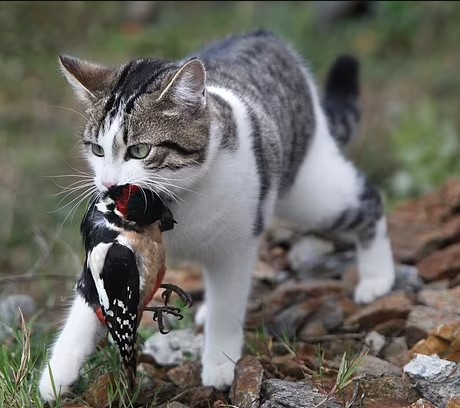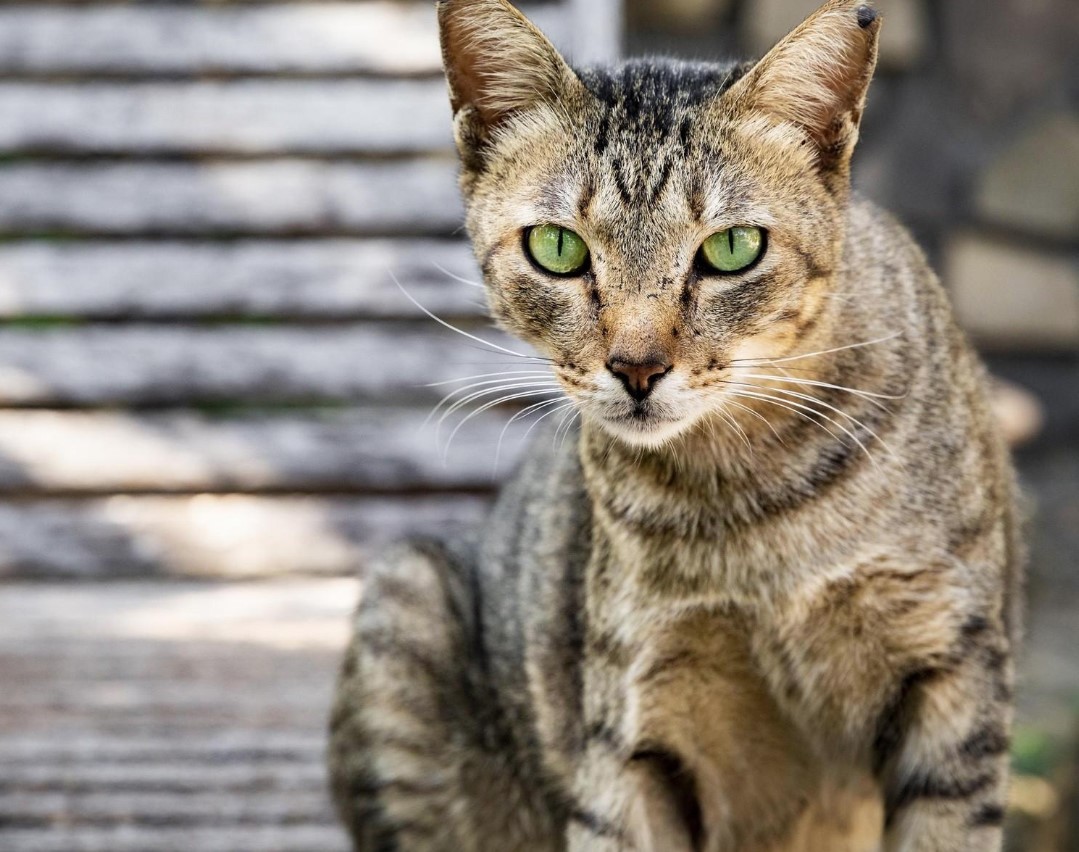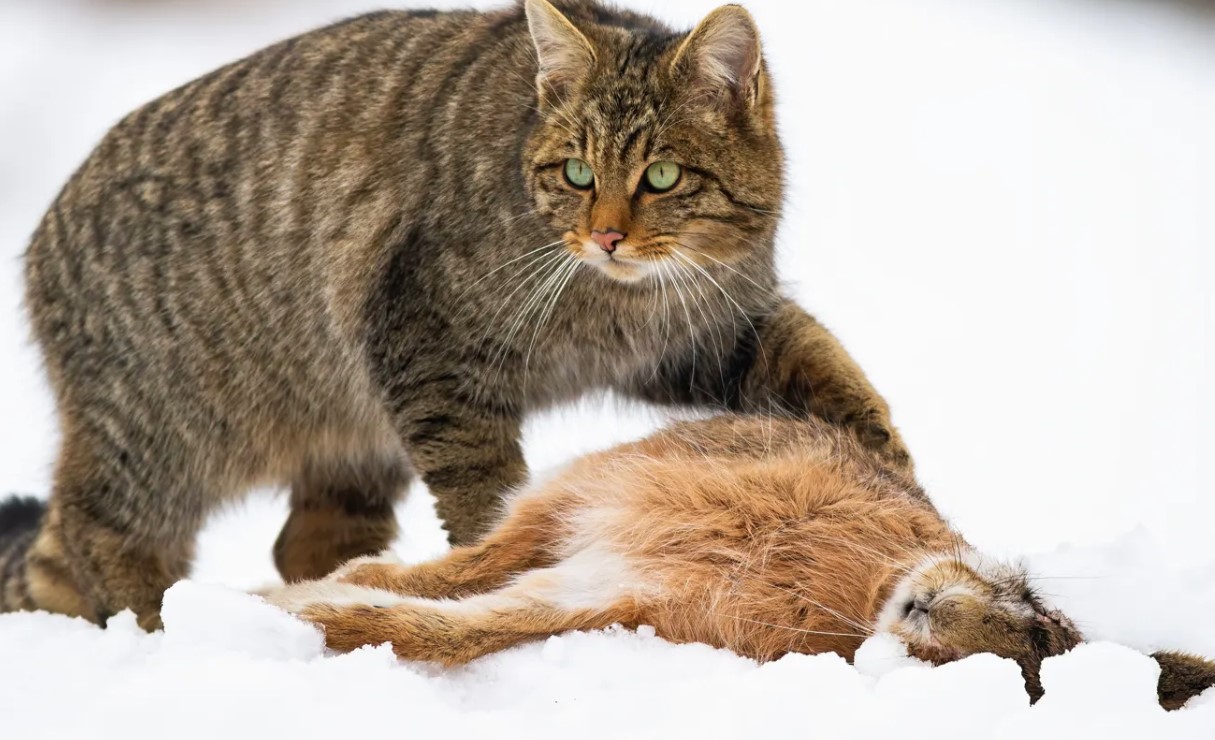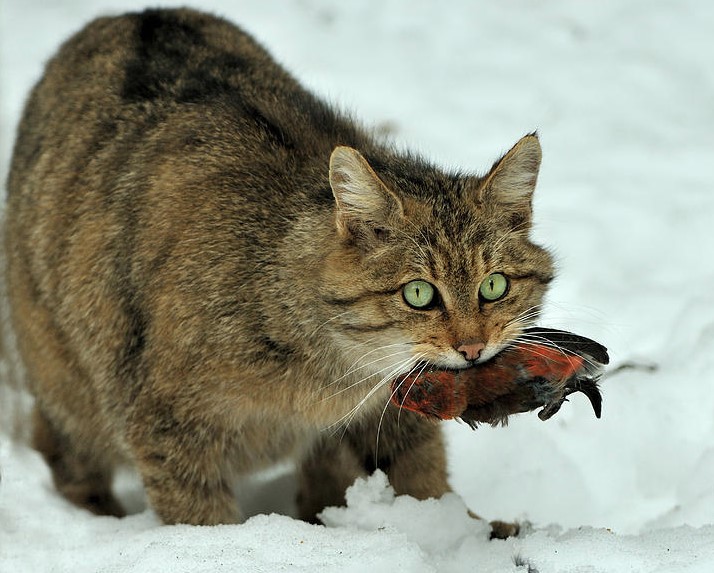Cats pose a threat to the survival of 347 species on the IUCN Red List, according to a recent study
A recent study conducted by researchers at Auburn University in Alabama has shed light on the significant impact of domesticated cats as one of the most invasive species worldwide.

The study, published on Tuesday, reveals that cats are not only responsible for the predation of more than 2,000 species but also pose a threat to the survival of 347 species listed in the International Union for Conservation of Nature (IUCN) Red List.
In addition to predation, the study highlighted that roaming cats spread diseases that affect wildlife and human health, including parasites that compromise the immune system, as well as diseases like plague and rabies.
Domesticated cats have spread across six continents since their domestication over 9,000 years ago
Over more than 9,000 years since their domestication, cats have managed to establish a presence on six continents, with Antarctica remaining the sole uninhabited continent.
However, this cosmopolitan distribution has come at a cost, as highlighted by the study's findings. The introduction of cats to various ecosystems has caused significant disruptions.
One of the major concerns associated with roaming cats is the spread of diseases that impact both wildlife and human health, including parasites that can weaken immune systems, as well as serious ailments like plague and rabies.

Furthermore, the study emphasizes that cats have had a detrimental effect on local ecosystems. They outcompete native felids and other mesopredators, leading to a decline in biodiversity.
The genetic integrity of wild felids is also threatened due to interbreeding with domesticated cats. Additionally, cats prey on native fauna, further disrupting the delicate balance of ecosystems.
Many species are being driven to the brink of extinction as a result of cat predation and competition.
The study unequivocally identifies free-ranging cats, whether owned or unowned, that have access to the outdoor environment, as one of the most problematic invasive species globally.

Researchers used observed predation, camera traps, and animal-borne video to study the prey of free-ranging cats
However, this method identified only a limited number of species. To enhance their findings, they also reviewed previous studies published until May 2021. No single method consistently determined cats' diets.
According to the researchers' findings, cats were found to consume approximately 47% of birds, 22% of reptiles, and 20% of mammals. Additionally, they also estimated that cats consumed around 10% of insects, amphibians, and other types of prey.
"Aside from predation, these impacts include numerous cat-borne diseases that impact wildlife and human health and wellbeing, including toxoplasmosis, plague, and rabies, and in some regions (such as Australia), some of these diseases would not occur without cats," the study said.
"Furthermore, free-ranging cats living in clowders (aka colonies) can exacerbate these problems as well as present additional problems including excess nutrient loading, sanitation, and wildlife conflicts."

USDA defines free-ranging cats as outdoors without restraint. Up to 164 million cats in the US, 30-80 million unowned
According to a 2021 report by the U.S. Department of Agriculture (USDA), free-ranging cats are defined as any cat that spends time outdoors without restraint, regardless of ownership status.
The report estimates that there are up to 164 million cats in the United States, with 30 to 80 million being unowned.
To address cat-related issues, the USDA has suggested various local or state legislative actions.
These include measures such as preventing cats from being outdoors or unrestrained, implementing microchipping and sterilization laws, and using bells and brightly colored collars or bibs which can reduce a cat's ability to hide and stalk prey.
Fertility control methods have also been proposed as a means to limit the growth of the cat population.






